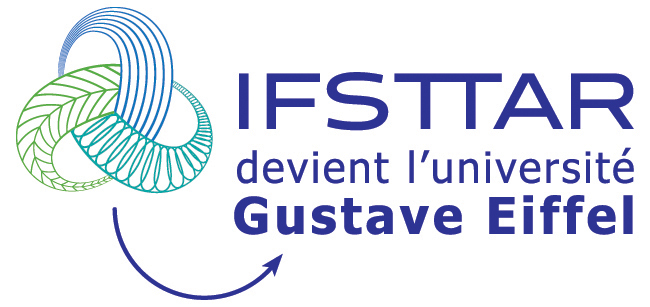Encoding the Latent Posterior of Bayesian Neural Networks for Uncertainty Quantification
Résumé
Bayesian Neural Networks (BNNs) have long been considered an ideal, yet unscalable solution for improving the robustness and the predictive uncertainty of deep neural networks. While they could capture more accurately the posterior distribution of the network parameters, most BNN approaches are either limited to small networks or rely on constraining assumptions, e.g., parameter independence. These drawbacks have enabled prominence of simple, but computationally heavy approaches such as Deep Ensembles, whose training and testing costs increase linearly with the number of networks. In this work we aim for efficient deep BNNs amenable to complex computer vision architectures, e.g., ResNet-50 DeepLabv3+, and tasks, e.g., semantic segmentation and image classification, with fewer assumptions on the parameters. We achieve this by leveraging variational autoencoders (VAEs) to learn the interaction and the latent distribution of the parameters at each network layer. Our approach, called Latent-Posterior BNN (LP-BNN), is compatible with the recent BatchEnsemble method, leading to highly efficient (in terms of computation and memory during both training and testing) ensembles. LP-BNNs attain competitive results across multiple metrics in several challenging benchmarks for image classification, semantic segmentation, and out-of-distribution detection.
| Origine | Fichiers produits par l'(les) auteur(s) |
|---|
